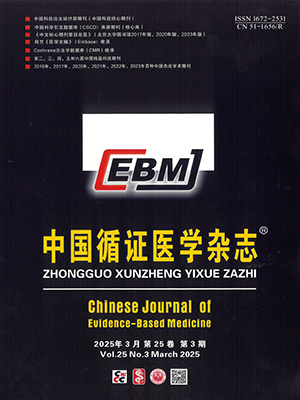H7N9, a novel avian influenza A virus that causes human infections emerged in February, 2013 in Anhui and Shanghai, China. The epidemic quickly spread to Zhejiang, Jiangsu and other neighbor provinces. As of May 30th, 2013, WHO had reported 132 cases, 37 (28%) of which died. Aiming at such serious outbreak of epidemic, we retrospectively analyzed its etiology, epidemiology, clinical characteristics, treatment, prevention and control based on data and evidence. Experience and evidence of the risk surveillance and management of such a novel anthropozoonosis lacks in China, or even lacks around the world. Quick and accurate identification of the rules and of the variation and transmission of avian influenza virus becomes a key to prevention, control and treatment. According to current best available evidence around the world, Chinese medicine and biomedicine should be put in to parallel use. Only realizing evidence-based decision making can we effectively prevent and control the epidemic, treat patients, and reduce the loss.
Citation: LI Xianglian,LI Youping. Prevalence, Prevention and Treatment of Human Infection with H7N9 Avian Influenza Virus: Evidence, Challenge and Thinking. Chinese Journal of Evidence-Based Medicine, 2013, 13(7): 780-784. doi: 10.7507/1672-2531.20130139 Copy
Copyright © the editorial department of Chinese Journal of Evidence-Based Medicine of West China Medical Publisher. All rights reserved
-
Previous Article
Recommendations on Use of Antimicrobial Agents in Emergency Medical Rescue after Lushan Earthquake YANGFan, CHEN Shu, ZHENG Bo -
Next Article
Investigation on the Information of the Label Use of High-Alert Drugs for Children of High Risk Population SUNShiguang, SHI Yafei, YAN Hui, CUI Jie, WANG Rui, SUN Xiaodi, LI Yang, WANG Suhui




